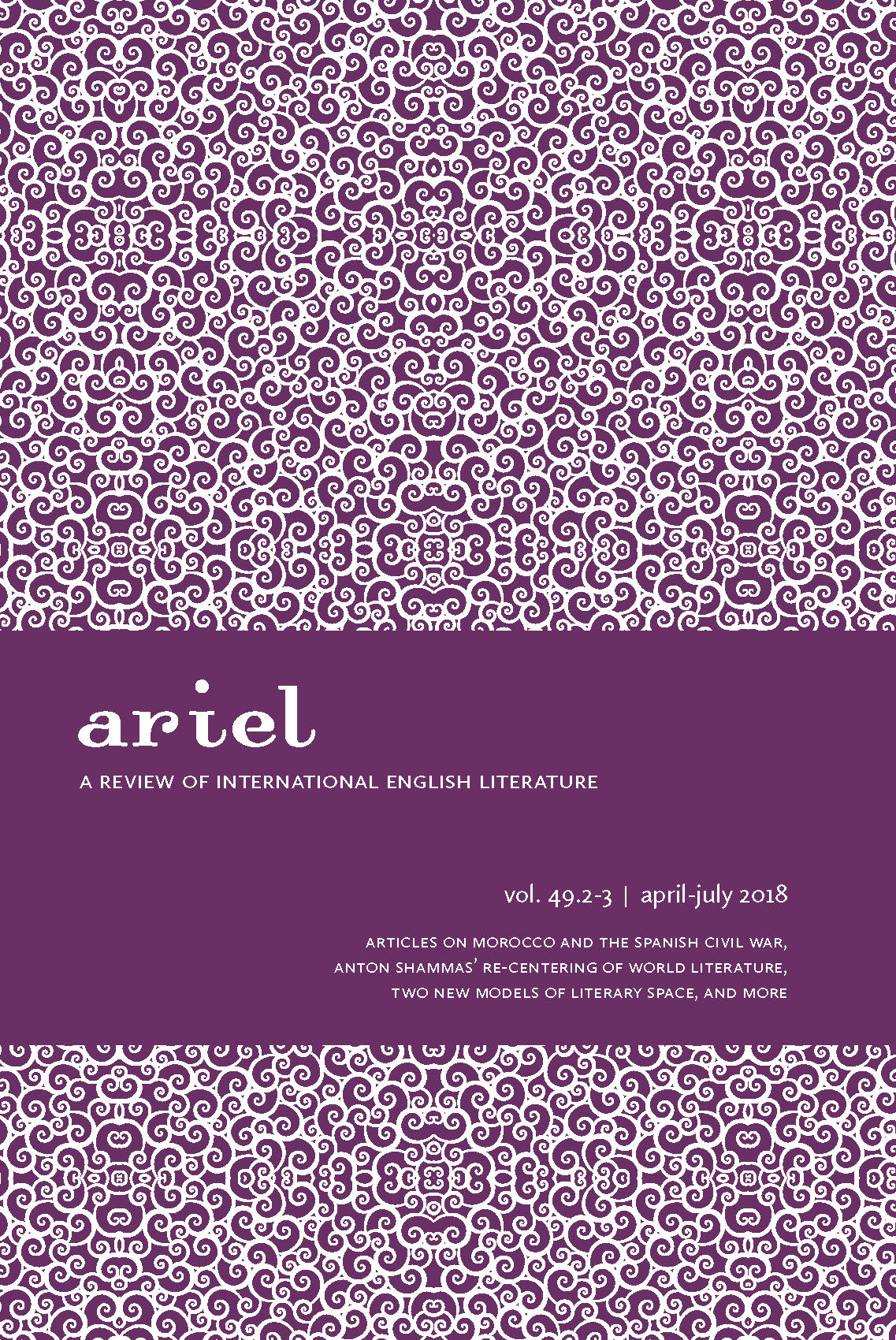Mapping the Media of Aleksandar Hemon's Diasporic Time-Geography
Keywords:
American literature, diaspora studies, media studies, spatial theory, transnational literatureAbstract
This article brings spatial theory, diasporic culture, and media studies together in cross-platform readings of the Bosnian-American author Aleksandar Hemon. It argues that Hemon’s novels and websites render diasporic space in terms of “time–geography,” which represents places as loci for multiple histories of migration. Diasporic time–geography produces several perspectives on shared space; such perspectives are further compounded when Hemon’s novels Nowhere Man (2004) and The Lazarus Project (2008) are read comparatively with their websites. However, I argue that Hemon’s diversiform approach to space assumes coherence when read as a critique. In particular, his use of text, image, and interactive web design to represent the spaces of Chicago, Sarajevo, Lviv, and more contests the spatial abstraction of the nation-state described by Henri Lefebvre. Against this abstraction, Hemon’s work understands diasporic space as a concrete social production inflected by past, present, and future population movements.


